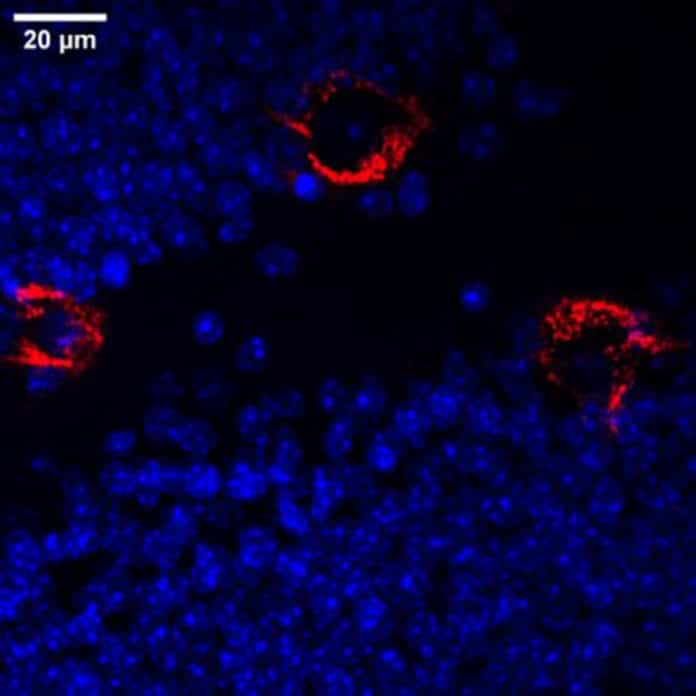A new study offers a new roadmap for the non-invasive technology and will help clinicians tailor clinical medicines that think about an individual’s disease progression and cognitive decay.
According to the study, ultrasound can overcome some of the detrimental effects of aging and dementia without crossing the blood-brain barrier. In addition, it can effectively restore cognition without opening the barrier in mice models.
Professor Jürgen Götz from UQ’s Queensland Brain Institute (QBI) said, “Historically, we have been using ultrasound together with small gas-filled bubbles to open the almost-impenetrable blood-brain barrier and get therapeutics from the bloodstream into the brain.”
“The entire research team was surprised by the remarkable restoration in cognition. Therefore, we conclude therapeutic ultrasound is a non-invasive way to enhance cognition in the elderly.”
Dr. Daniel Blackmore, senior postdoctoral researcher on the team, said, “The new research aimed to use ultrasound to restore LTP and improved spatial learning in aged mice.”
Professor Götz said, “The brain was “not particularly accessible,” but ultrasound provided a tool for overcoming challenges like the blood-brain barrier. In addition, using ultrasound could enhance cognition independently of clearing amyloid and tau, which form plaques and tangles in people with Alzheimer’s disease.”
“Microbubbles will continue to be used in combination with ultrasound in ongoing Alzheimer’s research.”
In a past study, scientists determined the effectiveness of ultrasound technology. They also found some improvements in pathological changes and cognitive deficits by using ultrasound to treat Alzheimer’s disease.
Professor Götz said, “There were still questions about the differences between normal “physiological” aging and the “pathological” aging that happens in Alzheimer’s disease.”
“We believe there may be some overlap between physiological and pathological aging in the brain, and the potential for this to be corrected with ultrasound is meaningful for those living with Alzheimer’s disease.”
“We are taking these findings and implementing them in our Alzheimer’s research as we go forward to clinical trials.”
Professor Götz’s research team at QBI’s Clem Jones Centre for Ageing Dementia Research aims to understand how brain diseases begin and their progression at molecular and cellular levels in the hope of ultimately developing therapies.
Journal Reference:
- Blackmore, D.G., Turpin, F., Palliyaguru, T. et al. Low-intensity ultrasound restores long-term potentiation and memory in senescent mice through pleiotropic mechanisms including NMDAR signaling. Mol Psychiatry (2021). DOI: 10.1038/s41380-021-01129-7
